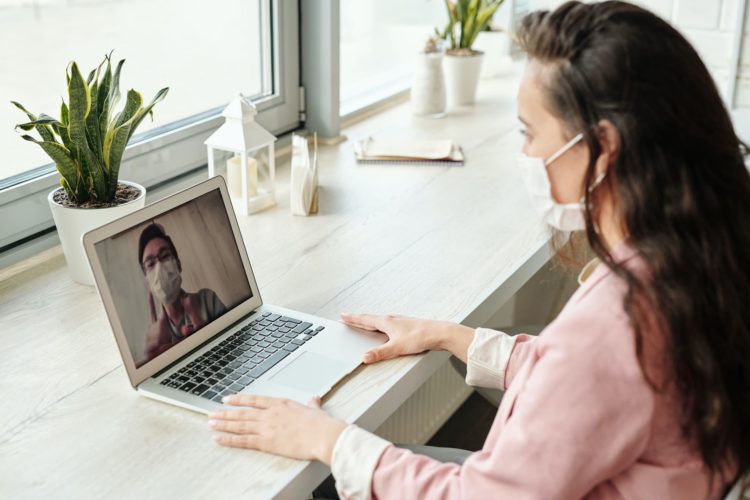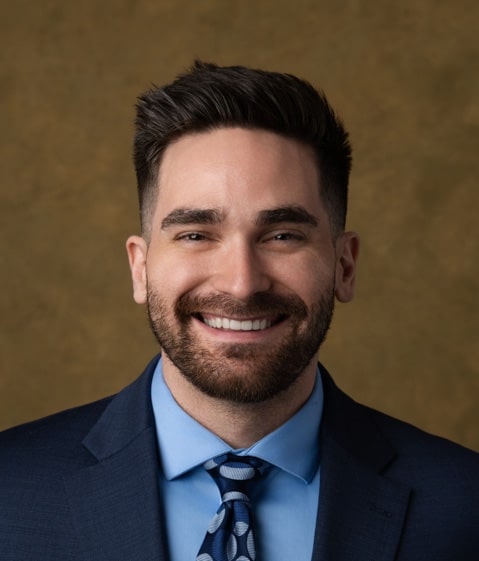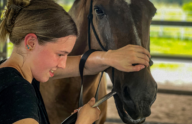Dr. Celeste Mohr followed in her godfather’s footsteps when she became a licensed dentist 36 years ago. Her dream was to pursue her living while providing critical oral health care to her community. Seeking a way to balance her practice with her role as a mother to two autistic sons, she joined TheTeleDentists in 2019.
As with other types of telemedicine changing the health care landscape, teledentistry uses video, phone and other technology to provide remote dental care services. Licensed dentists with TheTeleDentists conduct video consultations with patients on issues such as toothaches and swollen gums, and then determine whether emergency care is needed. They may also prescribe medication, provide diagnoses or offer information about oral hygiene or proposed courses of treatments. If the teledentist believes an in-person exam is needed, he or she will refer the patient to a brick-and-mortar office. The result is fewer unnecessary trips to emergency rooms, greater convenience for patients, more available providers and expanded access to important services at lower prices.
Though she lives in South Carolina, teledentistry allows Dr. Mohr to provide dental care from anywhere in the country. Most of her patients are from Texas, where she’s licensed to practice. TheTeleDentists’ service, already important for low-income patients, people with dentist’s office anxiety and those who otherwise have no access to dental care, became even more valuable when COVID-19 made remote care necessary, especially for nonemergency situations.
However, the Texas State Board of Dental Examiners issued COVID-19 guidelines claiming that board rules required dentists to perform tactile, or physical, examinations at every single visit. This requirement effectively hit the “delete” button on all forms of teledentistry and crippled Dr. Mohr’s entire livelihood. The board then doubled down, claiming Texas law didn’t specifically authorize teledentistry, which led TheTeleDentists’ insurance provider to refuse coverage for any visits in Texas.
The fact is that teledentistry’s impact on dental care — lower costs and improved access to care — threatens to compete with traditional brick-and-mortar dental practices. The board’s pushback against disruptive innovation was hardly surprising, given that most members are dentists practicing traditional dentistry.
The board’s ban on teledentistry was not related to health or safety. In fact, Texas law generally recognizes that telehealth is safe and effective, and the legislature relaxed telehealth policies in nearly every other medical field during the pandemic. Nor did the legislature authorized the dental board to regulate teledentistry any differently than it does dentistry in general.
A state licensing board cannot interfere with the right to earn a living in order to protect traditional, entrenched practices from disruptive innovation. Teledentistry is no exception. After TheTeleDentists and Dr. Mohr filed a lawsuit to stop the board’s unlawful assault on entrepreneurship and emerging technologies and to restore their right to provide a critical health care service, legislation was passed to end the ban on teledentistry in the state.
What’s At Stake?
- A state licensing board cannot interfere with the right to earn a living in order to protect traditional, entrenched practices from disruptive innovation. Teledentistry is no exception.
- In the midst of a pandemic, it is critical to allow remote health care for non-emergencies and triage efforts.












